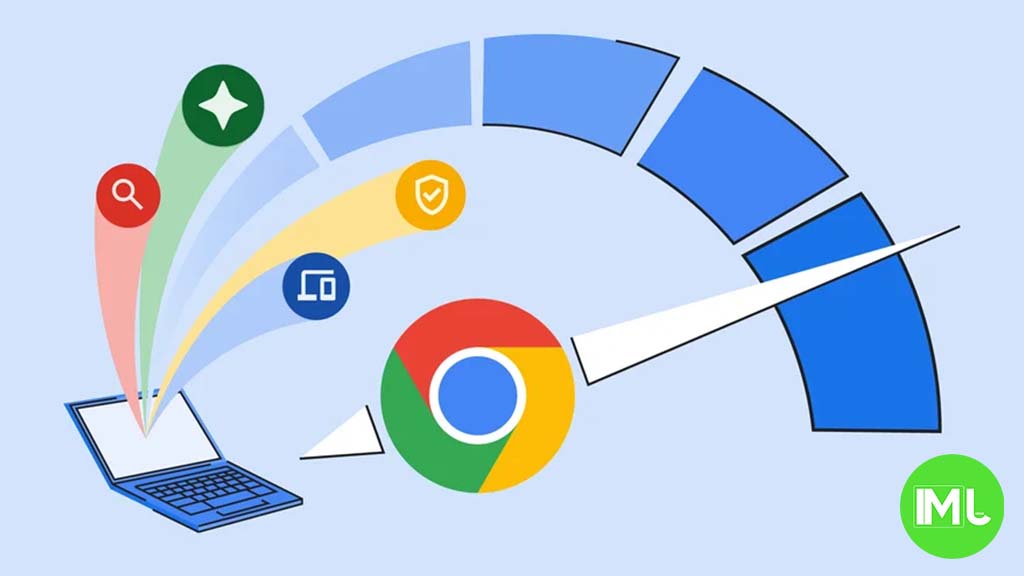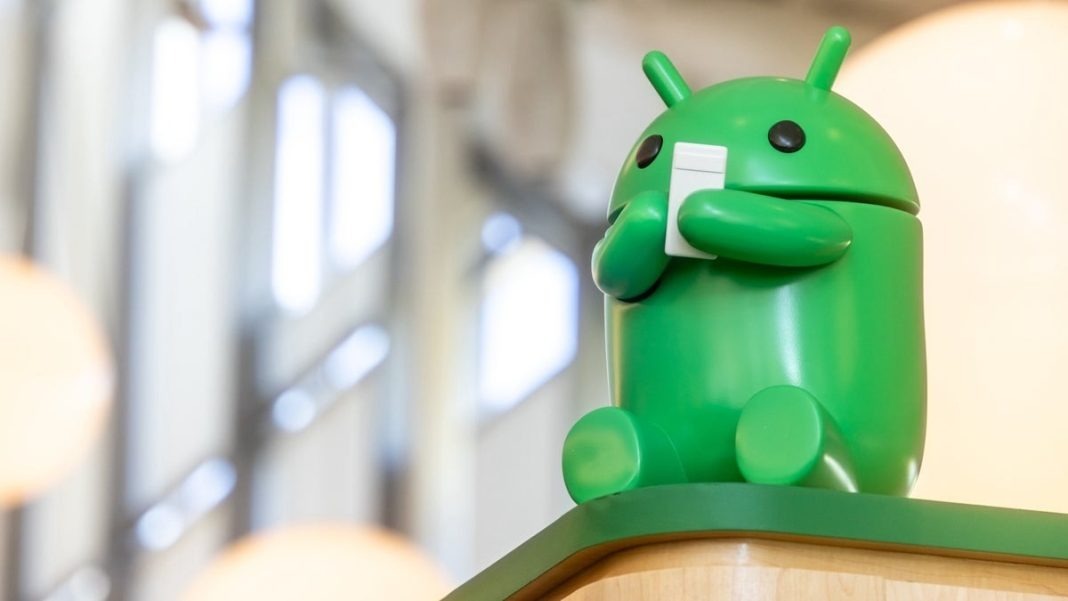Android
Google finalizes Android 15 Beta 4.2 and Chrome prepares for easier image translation with new lens UI

Key Points:
- Final Android 15 Beta Survey: Google releases the last feedback survey before Android 15’s stable launch.
- Chrome’s New Lens UI: Chrome is enhancing image translation with a more accessible Lens interface.
- User Experience Focus: Google seeks detailed user feedback on Android 15’s stability, performance, and overall experience.
Google has released the final update for Android 15 Beta 4.2, marking the last patch before the official stable release. As part of this final stage, Google has also opened the last feedback survey to gather user insights.
To participate in the survey, users are first asked to confirm their device details, including the build number (AP31.240617.015) and the specific phone or tablet they’re using. Google also requests information about the user’s country and carrier to better understand regional differences.
The survey then asks users to rate their satisfaction across 14 different factors, including stability, performance, battery life, device temperature, camera functionality, Bluetooth connectivity, call quality, messaging experience, Wi-Fi and data connectivity, app performance, authentication methods (such as face and fingerprint recognition), charging methods (both wired and wireless), and the overall system software update experience, a new addition to the survey.
Users are also asked whether they would recommend the Android 15 Beta 4.2 to others in its current state. Additionally, Google seeks feedback on the overall software experience, asking users to rate their satisfaction on a scale of 1 to 5 and compare it to previous builds.
A key part of the survey involves identifying the “Top Issue Area,” with 16 options to choose from, including audio experience and the system user interface. Users can also provide more detailed feedback on specific issues they’ve encountered.
The survey concludes with a section on the Android Beta Program itself, where users can rate their satisfaction and provide feedback on the program’s logistics.
In other news, Google Chrome is working on a new feature that makes translating text within images much easier. While Chrome already supports automatic webpage translation, translating text inside images has been more challenging. Google is addressing this by enhancing the Google Lens feature within Chrome.
Google Lens, known for its ability to scan QR codes and translate text in real-time using a smartphone camera, is being integrated more seamlessly into Chrome. Previously, users needed to perform a few extra steps to translate text within images, but the new UI simplifies this process.
A recent update in Chrome Canary, a testing version of the browser, reveals a new interface for Lens. This UI includes a prominent Translate button in the upper left corner, with a frosted, transparent appearance. Clicking this button opens options for selecting the source and target languages, making it easier to translate images directly within the browser.
This new feature aims to bring the same ease of use found on mobile devices to the desktop version of Chrome. Although the exact timeline for its official release is still unclear, it’s clear that Google is making steady progress in improving user experience across its platforms.
Android
Android 16 beta adds battery health info, Pixel Fold gets better at detecting opens and closes

Google has released the Android 16 Beta 1 update for Pixel phones, and it brings some helpful new features. One of the key additions is battery health information, which is now available in the settings. Pixel users can now see the battery’s manufacturing date, charge cycles, and overall health score. This can help people understand how well their battery is holding up over time. While this feature is currently hidden under developer options, it might be fully added in a future update.
At the same time, Google is also working to improve the Pixel Fold. With Android 16 Beta 1, there’s a new system that better detects when the phone is opened or closed. This new method uses the hinge angle to more accurately understand the device’s position. Unlike older systems that could be affected by software bugs or slow response times, this new one seems to be more reliable and faster.
These changes are important for people who use foldable phones like the Pixel Fold, as better hinge detection can lead to smoother app transitions and fewer bugs. And for all Pixel users, having detailed battery info can help with managing phone performance and deciding when it’s time for a battery replacement.
Overall, Android 16 Beta 1 focuses on giving users more control and smoother experiences, especially for those with foldables.
Android
Android 16 could bring colorful always-on display to Pixel phones

Google is working on Android 16, and it looks like the update could bring more color to the always-on display (AOD) feature on Pixel phones. Right now, the AOD mostly shows white text on a black screen. But a new setting found in the Android 16 Developer Preview hints at the ability to add colors to this display.
The new feature is called “AOD Preview,” and it includes a switch labeled “Color AOD.” While this setting doesn’t work yet, it suggests that Google might be planning to show colorful content even when the screen is in low-power mode.
This change could make AOD look more lively, maybe by adding color to the clock, notifications, or wallpaper. So far, it’s not clear exactly what will change or how customizable it will be, but the feature seems to be in early testing.
Samsung already has more colorful AOD options on its Galaxy devices, so this update could help Pixel phones catch up. Google often introduces new features first on Pixel devices before making them available to other Android phones.
Android 16 is still being developed, and many features are not ready yet. But if Color AOD becomes part of the final release, Pixel users could get a more vibrant and useful always-on display in the near future.
Android
Android adds quick shortcuts for do not disturb and video call effects

Google is testing two new shortcuts in Android that make it easier to control common features: Do Not Disturb mode and video call effects. These shortcuts are being added to the Android Quick Settings panel, which is the area you see when you swipe down from the top of your screen.
The first new toggle is for Do Not Disturb. Instead of opening the full settings menu, you’ll now be able to tap the shortcut to quickly switch between different DND modes. You can also long-press it to open full options. This makes it easier to silence notifications the way you want, especially if you have custom DND rules set up.
The second toggle is called “Video Effects”. This is useful for people who often use video calling apps like Zoom, Meet, or WhatsApp. When you tap it, it takes you to a page where you can turn on or off features like portrait blur, lighting adjustments, or filters that improve how you look during video calls.
These features are still being tested and might show up in future Android updates. Right now, some Pixel users with Android 14 QPR3 Beta 2.1 have seen these options. Google hasn’t confirmed when they’ll roll out to everyone, but they seem to be part of a plan to make Android tools more convenient.
In short, Google is trying to make it quicker and easier to manage your notifications and video call settings—all with just a swipe and a tap.
-

 Apps1 year ago
Apps1 year agoGboard Proofread feature will support selected text
-

 News1 year ago
News1 year agoSamsung USA crafting One UI 6.1.1
-

 News1 year ago
News1 year agoBreaking: Samsung Galaxy S22 may get Galaxy AI features
-

 News1 year ago
News1 year agoSamsung Galaxy S23 Ultra with One UI 6.1 and all S24 AI features revealed
-

 News1 year ago
News1 year agoOne UI 6.1 Auracast (Bluetooth LE Audio) feature coming to many Samsung phones
-

 News1 year ago
News1 year agoSatellite SOS feature coming to Google Pixel phones, evidence leaked
-

 Apps11 months ago
Apps11 months agoGoogle’s fancy new Weather app is finally available for more Android phones
-

 News1 year ago
News1 year agoGoogle Pixel evolves as Europe’s third best selling flagship






